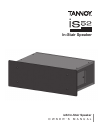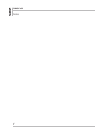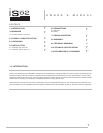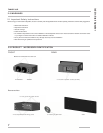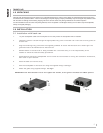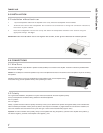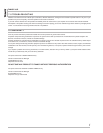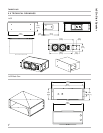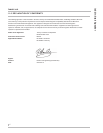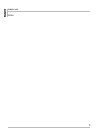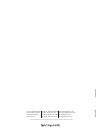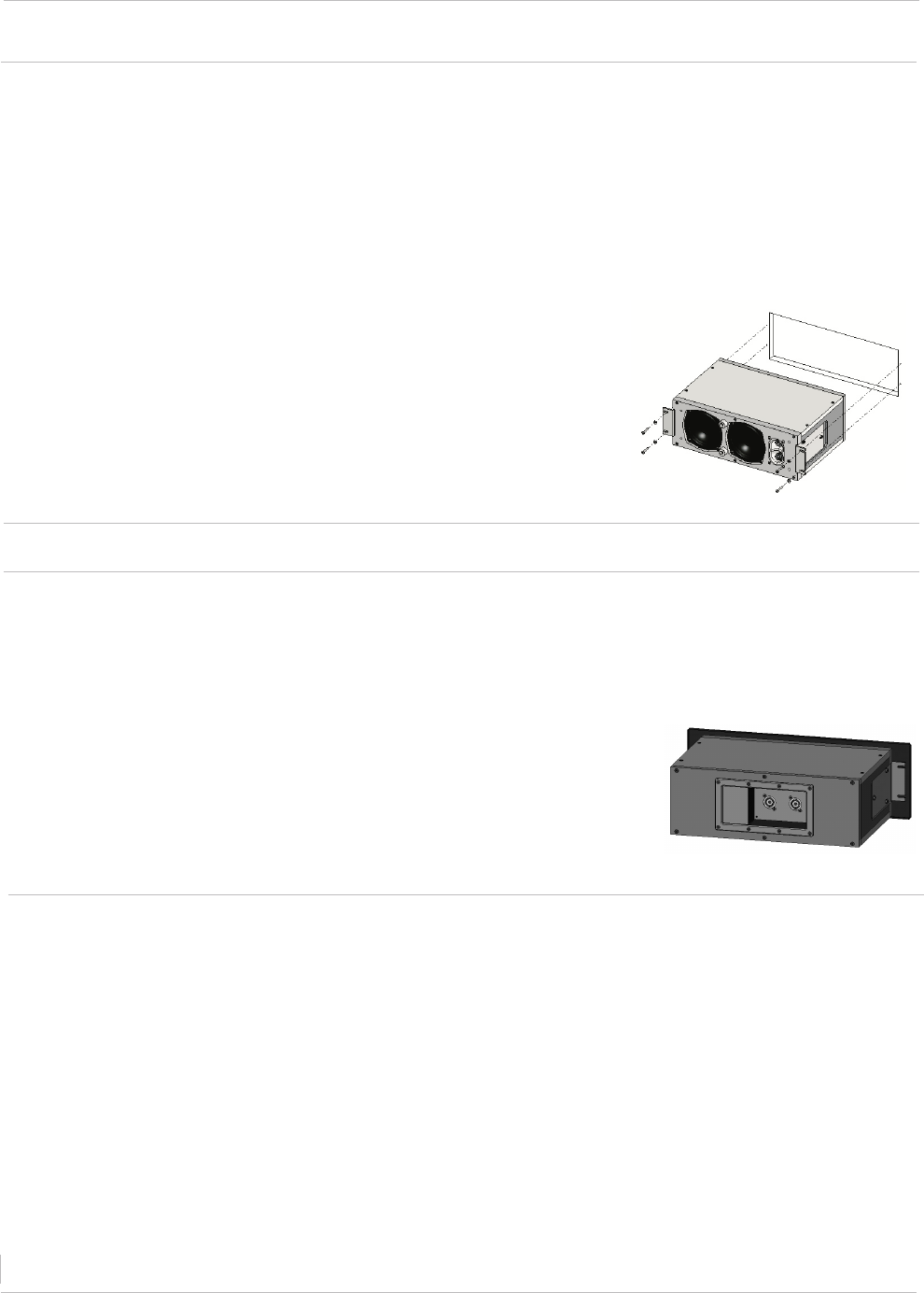
6
TANNOY is52
is52 In Stair Speaker
6.0 CONNECTIONS
The is52 is fitted with two 4-pole Neutrik™ Speakon sockets (NL4MP) for connection to the amplifier. These NL4 sockets are paralleled within
the enclosure. See fig 4.
Caution: Do not attempt to connect the speakers to any source or amplifier that is turned on. Be sure the source or amplifier is off prior to connecting
the speakers.
Parallel or series wiring is commonly acceptable for the is52 speaker to gain correct amplifier loading.
Avoid series wiring your is52 speakers with any other speaker type or brand.
6.1 Wire Runs
For a typical audio installation, all speakers in a system will be connected with the same respective polarity.
Tannoy has adopted the conventional wiring standard for the is52 loudspeaker:
PIN 1+ is positive
PIN 1- is negative
Polarity - Speaker wires are marked for polarity consistency so that you can determine the positive and negative identity of the individual wires
within the molded pair insulation. Polarity shown by either a color stripe on the insulation, by ridges molded into one side of the insulation, the
color of the insulation case around the wire or by the color type or colors of the wires/wire itself (copper or silver).
Important: In order to maintain correct polarity, always connect speaker wire using the positive (+) terminal on the amplifier to the positive (+)
wire and the negative (-) terminal on the amplifier to the negative (-) wire.
6.2 Polarity
5.0 INSTALLATION
1. Lay the loudspeaker cable from the amplifier to the cavity where the loudspeaker will be installed.
2. Terminate and connect the loudspeaker.
Go to section 6.0 Connections for wiring and connection instructions,
then return to point 3 below.
3. Place the loudspeaker into the stair cavity and attach the loudspeaker brackets to the surface using the
appropriate fittings. See fig 3.
IMPORTANT care must be taken not to over tighten the screws, as the grille is mounted on rubber spacers.
5.2 Installation without back can
fig 3.
fig 4.



